1. Reflection
1.1. to optimise our learning effectiveness, we better try to incorporate these three learning theories
1.2. we can almost find the application of these learning theories everywhere.
1.3. we applied them unconsciously. However, to better apply these theories in different situation, we better plan carefully to maximise the effect.
1.4. All three methods are important to understand but need to consider : Level of the learners Thought processing demand; Desired outcome
1.5. The mindmap has helped us to manage our ideas and make connection between concepts. It works during brainstorming especially! The drawback is that this mindmap tool limits us to upload our own images into the map..
2. Behaviourism
2.1. Definition
2.1.1. Learning= stimulation → response → reinforcement
2.2. Influences
2.2.1. help to shape classroom behavior and manage classroom
2.2.2. help students learn basic facts and skills
2.2.3. students only do what they are told and do not take the initiate to change or improve things
2.3. Examples
2.3.1. Children’s first language acquisition.For a child learning to talk,if the child says”wanta milky” and gets some milk from mother.
2.3.2. Repentance: Repeated reading and writing in language learning:language acquisition is the process of habit formation.
2.3.3. Gamification of learning :use bonus or rewards to reinforce positive behavior
2.3.4. Punishment: negative reinforcement to reduce unexpected behavior
3. Cognitivism
3.1. Definition
3.1.1. Learning= receive, organize, store, retrieve information
3.2. Influences
3.2.1. emphasizes retention and recall through the use of quality teaching practices
3.2.2. helping students in doing longer process of divisions
3.2.3. students attitude in learning is changed, not just a change in behaviour but in knowledge which stored in their mind.
3.2.4. instruction should be organized in a manner that is understandable and meaningful to the learner
3.3. Examples
3.3.1. start lessons with a hook to create interest
3.3.2. begin lessons with a quiz to activate prior knowledge
3.3.3. use graphic to help structure and relate contentp
3.3.4. classifying or chunking information
3.3.5. linking concepts (associate new concept with something known
4. Constructivism
4.1. Definition
4.1.1. Learning = Create meaning from experience
4.2. Influences
4.2.1. Engage and motivate students by making them take a more active role in the learning process
4.2.2. Help students construct knowledge based on their experience through interactive teaching strategies
4.2.3. Moving from teacher-taught to master-inspired
4.2.4. Developing critical thinking and problem-solving skills
4.3. Example
4.3.1. Scaffolding: the support given during the learning process which is tailored to the needs of the student with the intention of helping the student achieve his/her learning goals
4.3.2. Role playing
4.3.3. Debate
4.3.4. Participating in real world activities
4.3.5. Social Learning (Cooperation)
4.3.6. Discovery and Task Driven Learning
